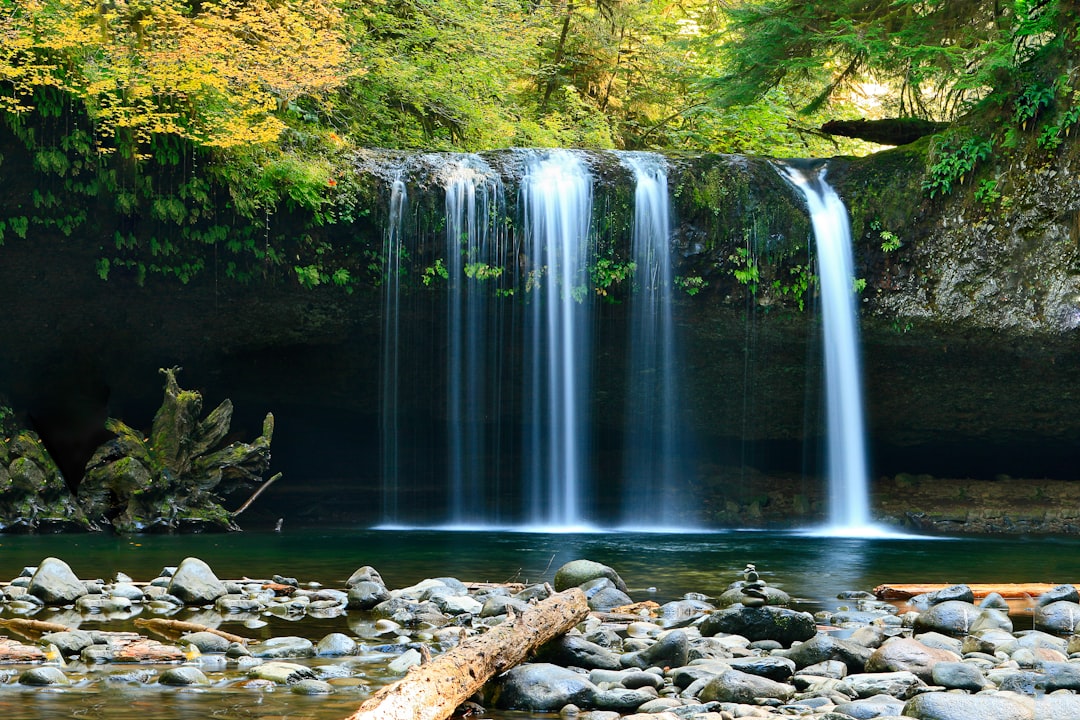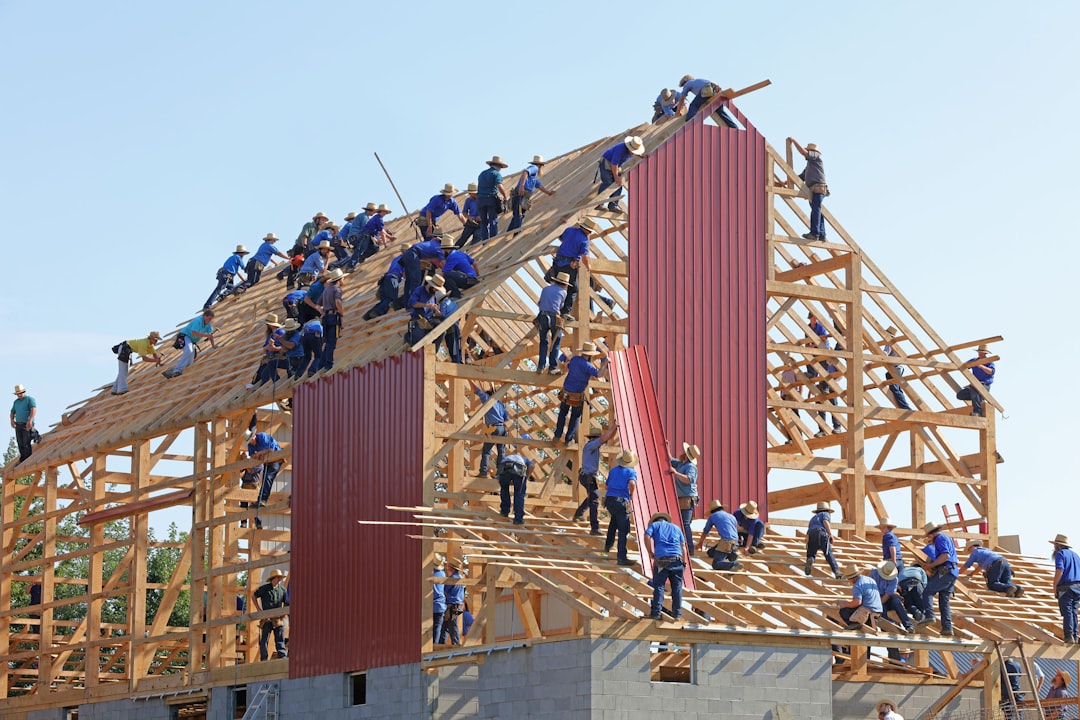
Harnessing Economic Models: A Guide for Business Decision-Makers.
## Introduction. In the dynamic landscape of business, understanding how to leverage economic models can be a game-changer. Economic models simplify complex real-world scenarios into understandable frameworks, allowing decision-makers to analyze risks, assess potential outcomes, and formulate strategies that enhance profitability and sustainability. This blog post dives deep into what economic models are, their various types, and how businesses can effectively utilize them to drive growth and innovation. ## Understanding Economic Models. An economic model is essentially a theoretical construct that represents economic processes with a set of variables and a logical structure. These models serve varying purposes, from predicting market trends to analyzing consumer behavior. Models can be categorized into two major types: qualitative and quantitative. Qualitative models use descriptive methods to interpret economic behavior, while quantitative models leverage mathematical frameworks to establish relationships between variables. Understanding which model fits your needs is the first step in applying them effectively in your business decisions. ## The Importance of Economic Models in Decision Making. Using economic models provides a plethora of benefits for businesses. These models help in scenario analysis, allowing companies to envision different futures based on changing variables. For instance, a business contemplating expansion can run simulations to forecast the long-term impacts of increased production capacity or entering new markets. Furthermore, economic models can strengthen negotiation positions by assessing market competition and pricing strategies. By having data-driven insights, businesses can make informed choices, reducing risks associated with market uncertainties. ## Types of Economic Models and Their Applications. Various types of economic models can be utilized depending on the business scenario. **Supply and Demand Models**, for example, predict how changes in consumer preferences or production costs affect prices and quantity sold. **Game Theory Models** can assist in understanding competitive behaviors and market dynamics. In contrast, **Macroeconomic Models** provide insights at a larger scale, analyzing factors like inflation, unemployment, and national income. By using these models in combination, businesses can develop comprehensive strategies that address both micro and macroeconomic variables. ## How to Implement Economic Models in Business Strategy. Implementing economic models begins with identifying the specific business problem or opportunity at hand. Once you've defined the issue, the next step is to select the appropriate model to analyze it. This involves gathering relevant data to input into the model. Businesses can often find data from existing market research, internal reports, and statistical databases. After inputting the data, interpreting the results is crucial. Decision-makers should look for trends, outliers, and significant shifts indicated by the model to draw actionable insights. Regularly revisiting and adjusting the models ensures they remain relevant to changing market conditions. ## Challenges in Using Economic Models. Despite their advantages, it’s essential to acknowledge the challenges associated with economic models. One primary issue is the reliance on accurate and comprehensive data. Poor quality data can lead to misleading results. Additionally, models can sometimes oversimplify realities, failing to capture the nuances of human behavior in economic contexts. It’s vital for businesses to strike a balance between utilizing models and applying logic and intuition based on real-world experiences. Enhancing model outputs with qualitative insights can provide a holistic perspective that purely data-driven approaches may miss. ## Future Trends in Economic Modeling. As we continue to evolve in an era of big data and advanced analytics, economic models are set to become increasingly sophisticated. The integration of Artificial Intelligence and machine learning into economic modeling represents a significant shift, allowing for real-time data analysis and adaptive modeling based on consumer trends. Companies that stay ahead of these trends will be better positioned to capitalize on new opportunities and navigate economic uncertainties with greater agility. ## Conclusion. In conclusion, economic models are invaluable tools for modern businesses seeking to thrive in a competitive marketplace. By understanding how to choose, implement, and interpret these models, decision-makers can significantly enhance their strategic capabilities. While challenges do exist, staying informed about technological advancements and continuously refining modeling approaches can help businesses gain the insights necessary to make effective decisions. Adopting this data-driven mindset not only prepares companies for current market conditions but also equips them to anticipate future trends, ensuring long-term success. .







